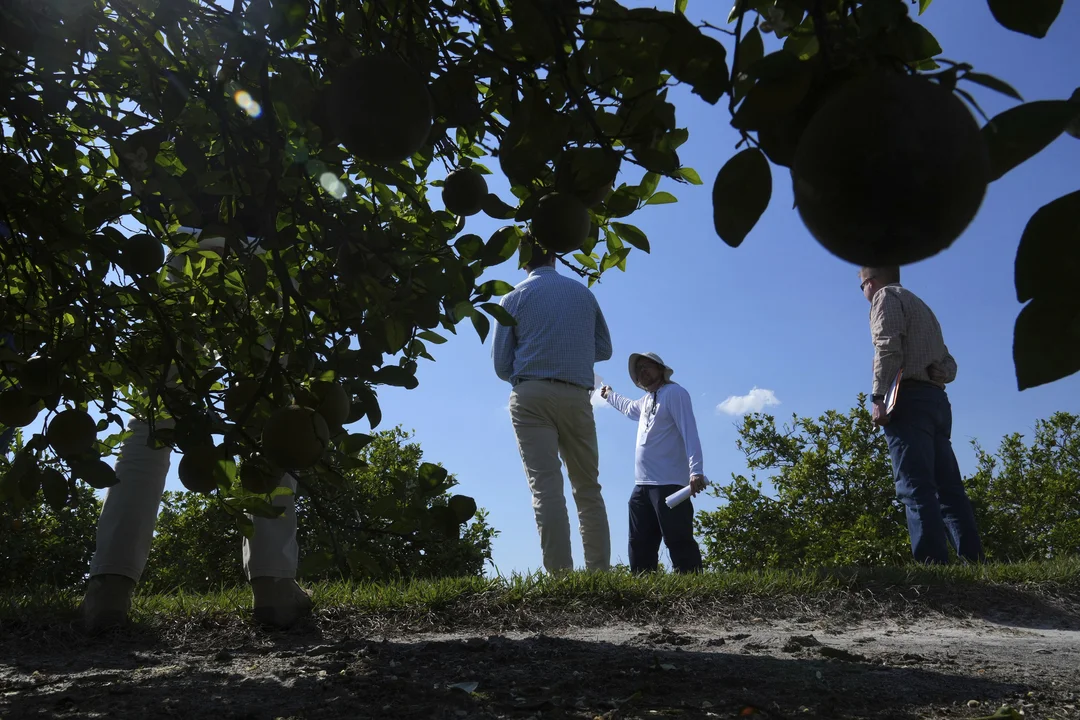
Florida’s Citrus Industry Faces Multiple Threats
Florida's iconic citrus industry is grappling with a series of daunting challenges that threaten its sustainability and profitability. According to recent reports, hurricanes, disease, and the encroachment of real estate development are significantly impacting the state's citrus groves.
Hurricanes, a perennial threat in Florida, have caused widespread damage to citrus trees, affecting both the quantity and quality of the fruit produced. In recent years, storms like Hurricane Irma in 2017 have devastated groves, leading to significant financial losses for growers. The citrus industry, which was once a powerhouse contributing billions to the state's economy, is now struggling to recover from these natural disasters.
In addition to the physical damage caused by hurricanes, citrus greening disease, also known as Huanglongbing (HLB), continues to wreak havoc on Florida's groves. This incurable bacterial disease, transmitted by the Asian citrus psyllid, causes trees to produce bitter, inedible fruit, severely reducing yields and profitability. Despite ongoing research and efforts to control the spread of HLB, the disease remains a major threat to the industry.
Compounding these issues is the rapid expansion of real estate development in Florida. As land values soar, many citrus growers are selling their groves to developers, further reducing the acreage dedicated to citrus production. This shift from agricultural to residential and commercial use is reshaping the landscape of Florida's citrus belt, posing a long-term threat to the industry's viability.
The combination of these factors paints a challenging picture for Florida's citrus industry, which is now at a critical juncture. Stakeholders are calling for increased support and innovative solutions to help the industry overcome these hurdles and continue to contribute to the state's economy and cultural heritage.